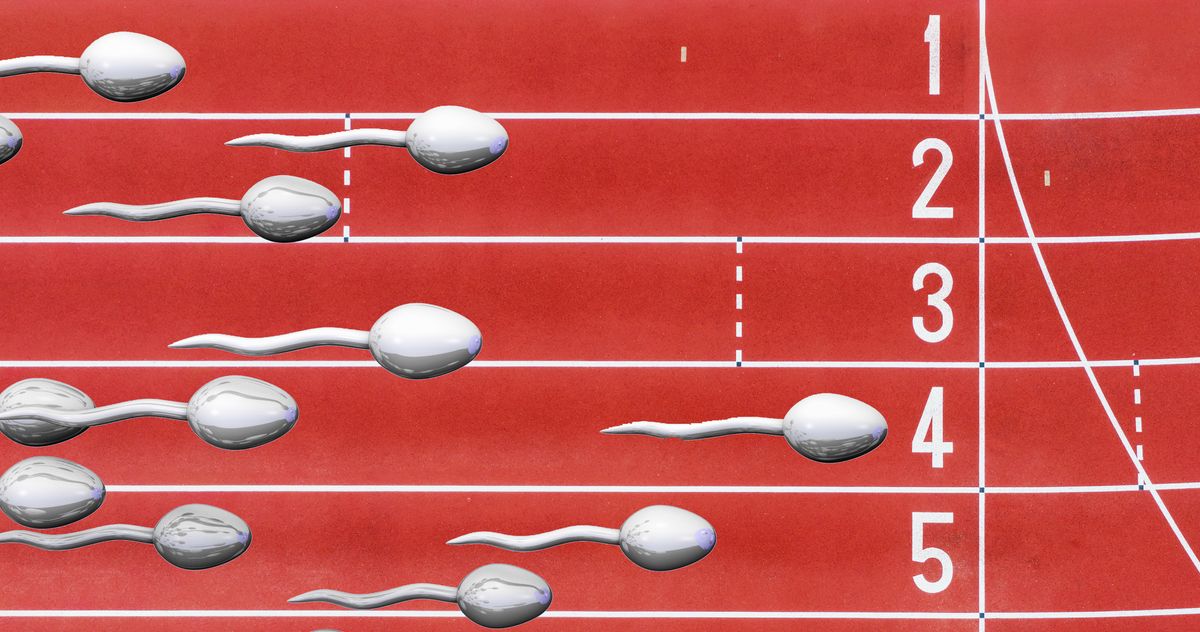Found in the Seine: DNA from a Nearly Extinct Mussel
This story was originally published in The Guardian and appears here as part of the Climate Desk collaboration. Traces of rare mussels sensitive to pollution and thought to be on the point of extinction in France have been discovered in the Seine in Paris, raising hopes that efforts to clean up the river that bisects the French capital might be succeeding. The findings were made after Olympic swimming events were held in the Seine last year—the first time swimming in the river has been deemed safe in a century. Scientists looking at large water samples from eight points on the river in the city center said they uncovered the DNA of 23 different types of mussels—including three classified as near extinct—and 36 species of fish, 10 times more than in the river in the 1960s. Researchers were looking at the effect of artificial urban lighting on biodiversity when they made the discovery. "All organisms lose skin cells all the time and we recover the DNA of these cells from the environment," said Vincent Prié, a hydrobiologist specializing in freshwater mussels at the Sygen laboratory that carried out the research. "We filter the water and sequence it. This potentially gives us a list of everything that lives. And that’s what’s so interesting, because we didn’t expect to find them in Paris at all, because they’re under threat." The groundbreaking study of environmental DNA (known as eDNA) consists of identifying the presence of species in an environment based on the traces they leave. The scientific team found traces of thick shelled river mussel, the black river mussel, and the depressed river mussel, three species classified as almost extinct. The depressed river mussel, also known as the compressed anodont, which can grow up to 8 centimeters in length, had disappeared from almost all the country except the northeast. "It’s really surprising to find it in an environment like Paris," Prié told Le Monde. The mussels, which are sensitive to water quality, would improve the aquatic environment as each mollusk can filter up to 40 liters of water a day, he said. "It contributes to the natural purification of the river," Prié said. Prié said it was too early to link the presence of the mollusks to any specific clean-up measures carried out by the city’s authorities, suggesting it could be down to warmer water or artificial lighting. "It’s a bit of a shortcut. Honestly scientifically we don’t know. It is quite possible that it has 'reappeared' in Paris from populations we don’t know about elsewhere in the Seine basin." Vincent Vignon, an ecologist who took part in the study, said the rare mussels were "very demanding and only settle in water that is not too polluted." He added: "There’s clearly something special going on in Paris that we don’t yet fully understand."

This story was originally published in The Guardian and appears here as part of the Climate Desk collaboration.
Traces of rare mussels sensitive to pollution and thought to be on the point of extinction in France have been discovered in the Seine in Paris, raising hopes that efforts to clean up the river that bisects the French capital might be succeeding.
The findings were made after Olympic swimming events were held in the Seine last year—the first time swimming in the river has been deemed safe in a century.
Scientists looking at large water samples from eight points on the river in the city center said they uncovered the DNA of 23 different types of mussels—including three classified as near extinct—and 36 species of fish, 10 times more than in the river in the 1960s.
Researchers were looking at the effect of artificial urban lighting on biodiversity when they made the discovery.
"All organisms lose skin cells all the time and we recover the DNA of these cells from the environment," said Vincent Prié, a hydrobiologist specializing in freshwater mussels at the Sygen laboratory that carried out the research.
"We filter the water and sequence it. This potentially gives us a list of everything that lives. And that’s what’s so interesting, because we didn’t expect to find them in Paris at all, because they’re under threat."
The groundbreaking study of environmental DNA (known as eDNA) consists of identifying the presence of species in an environment based on the traces they leave.
The scientific team found traces of thick shelled river mussel, the black river mussel, and the depressed river mussel, three species classified as almost extinct.

The depressed river mussel, also known as the compressed anodont, which can grow up to 8 centimeters in length, had disappeared from almost all the country except the northeast. "It’s really surprising to find it in an environment like Paris," Prié told Le Monde.
The mussels, which are sensitive to water quality, would improve the aquatic environment as each mollusk can filter up to 40 liters of water a day, he said. "It contributes to the natural purification of the river," Prié said.
Prié said it was too early to link the presence of the mollusks to any specific clean-up measures carried out by the city’s authorities, suggesting it could be down to warmer water or artificial lighting.
"It’s a bit of a shortcut. Honestly scientifically we don’t know. It is quite possible that it has 'reappeared' in Paris from populations we don’t know about elsewhere in the Seine basin."
Vincent Vignon, an ecologist who took part in the study, said the rare mussels were "very demanding and only settle in water that is not too polluted." He added: "There’s clearly something special going on in Paris that we don’t yet fully understand."

































































-Baldur’s-Gate-3-The-Final-Patch---An-Animated-Short-00-03-43.png?width=1920&height=1920&fit=bounds&quality=70&format=jpg&auto=webp#)































































































































































































